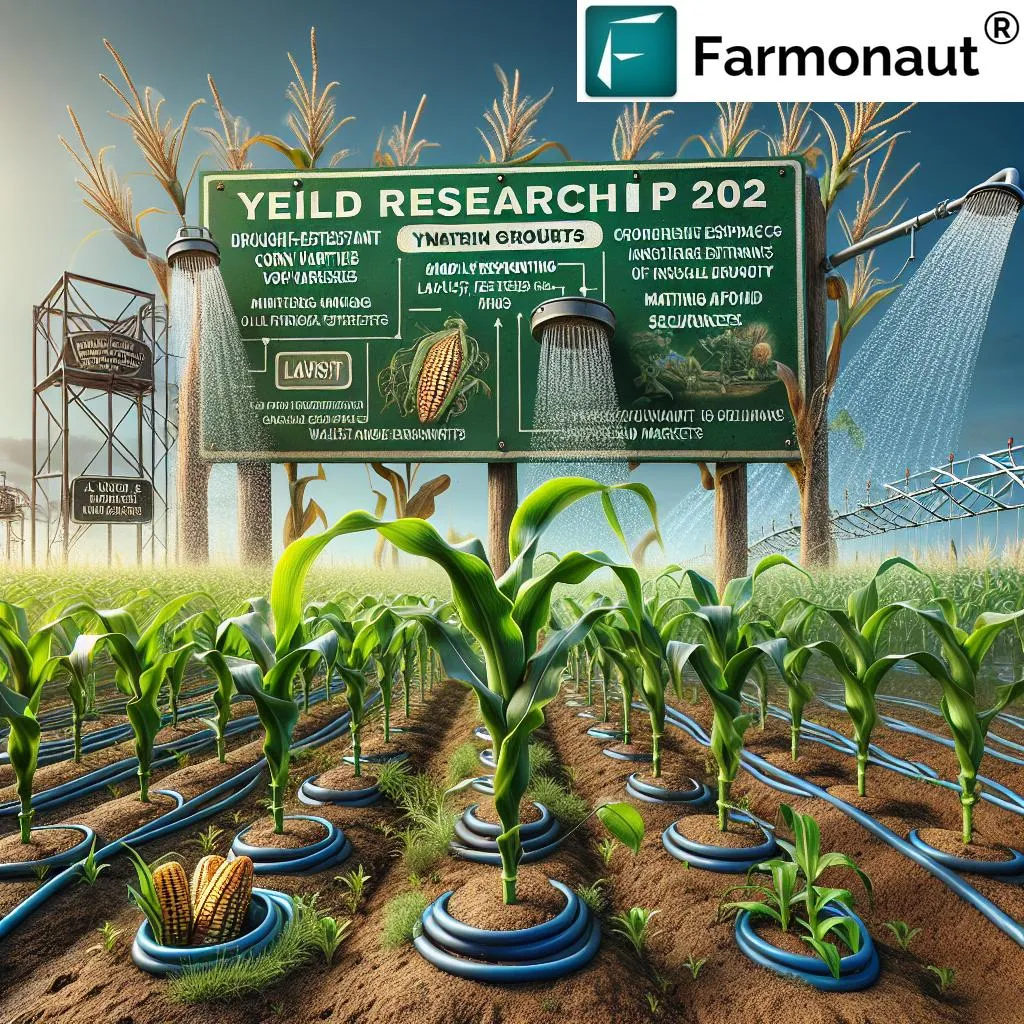Corn remains a cornerstone of American agriculture, serving not only as a vital food source but also as a key raw material for livestock feed, biofuels, and various industrial products. Understanding 2019 corn production by state offers more than a glance at the past—it provides essential insights for agricultural planning, infrastructure development, and economic policy, especially as we approach 2025 and consider the future of technology adoption and sustainability.
The United States produced approximately 13.6 billion bushels of corn in 2019, cementing its leadership as one of the world’s largest corn producers. The 2019 corn production by state offers invaluable insights—and using this data to guide 2025 agricultural, technological, and economic planning remains a strategic imperative. The volume and distribution of corn production varied substantially across states, influenced by climate, soil quality, farm size, technology adoption, and regional capabilities. The “Corn Belt”—comprising the rich agricultural heartland of the Midwest—stood tall as the dominant force, but several other regions also made significant contributions, underlining the diversity and resilience of U.S. agriculture.
Iowa led the U.S. in 2019 corn production, yielding over 2.58 billion bushels. The state’s fertile soils, advanced farming technology, and efficient infrastructure contributed to its top ranking. Illinois followed closely with 1.9 billion bushels, benefiting from prairie soils, a favorable climate, and strong markets and supply chains. Nebraska maintained robust production through irrigation-supported diversified agriculture, contributing 1.3 billion bushels. Minnesota and Indiana each produced over 1 billion bushels, thanks to developed farming practices, strong supply chains, and favorable climates. Other significant contributors included South Dakota, Ohio, Wisconsin, and Michigan, collectively accounting for a considerable portion of the national supply.
The Corn Belt—encompassing Iowa, Illinois, Nebraska, Minnesota, and Indiana—dominated, producing more than half of all U.S. corn in 2019. Weather, soil health, and technological advancements were pivotal in supporting high yields per acre. State production figures provide actionable data for planning, management, and infrastructure investment.
The 2019 state corn production bushels were shaped by an interplay of natural and human-driven influences. Climate patterns provided a relatively favorable growing season across major Corn Belt states, resulting in high yields per acre. Soil quality and health, particularly in pockets of nutrient-rich, well-drained prairie soils in the Midwest, enabled efficient conversion of rainfall and nutrients into grain. Technological adoption, including seeds with improved genetics, precision agriculture, and optimized pest/disease management practices, propelled productivity. Infrastructure and logistics, such as well-developed storage facilities, fast transport networks, and smart supply chain management, ensured seamless delivery from farm to market. Policy environment, including government subsidies, crop insurance programs, and trade policies, influenced state planning, risk-taking, and market engagement. Market and export dynamics, with strong U.S. demand for livestock feed, biofuels, and industrial products, also shaped planting decisions and local markets.
The “Corn Belt”—the vast Midwest swathe encompassing Iowa, Illinois, Nebraska, Minnesota, and Indiana—remains the engine of U.S. corn prowess. This status is not accidental: it’s the result of generations of high-yield farming practices, adoption of innovative technology, favorable climates, and investment in supporting infrastructure. Soil fertility, climate, farming technique and scale, and infrastructure set the Corn Belt apart. Areas outside the Corn Belt are increasingly adopting precision agriculture tools and deploying fleet management solutions to drive efficiency, reduce operational costs, and adapt to local soil, weather, and crop diversity challenges.
The relevance of 2019 corn production by state bushels is amplified as technology adoption, digital infrastructure, and sustainable management become mainstays in American agriculture. The transition from historical practices to high-tech, data-driven frameworks is shaping a more resilient agricultural future. Satellite-based monitoring, AI and machine learning, blockchain-based traceability, and environmental impact tracking are key technology and practice shifts. Integrating large-scale farm management tools for multi-farm operations empowers regional decision-makers to use 2019 production data to benchmark growth, identify yield gaps, and optimize all facets of modern agriculture.
How does 2019 corn production by state bushels data drive 2025 strategies? The key is in leveraging historical data trends to inform future-focused planning, innovation, and adaptation. It enables trend analysis for regional strengths and weaknesses, vulnerability assessment in the face of climate variability, and the identification of yield gaps and optimization opportunities.

